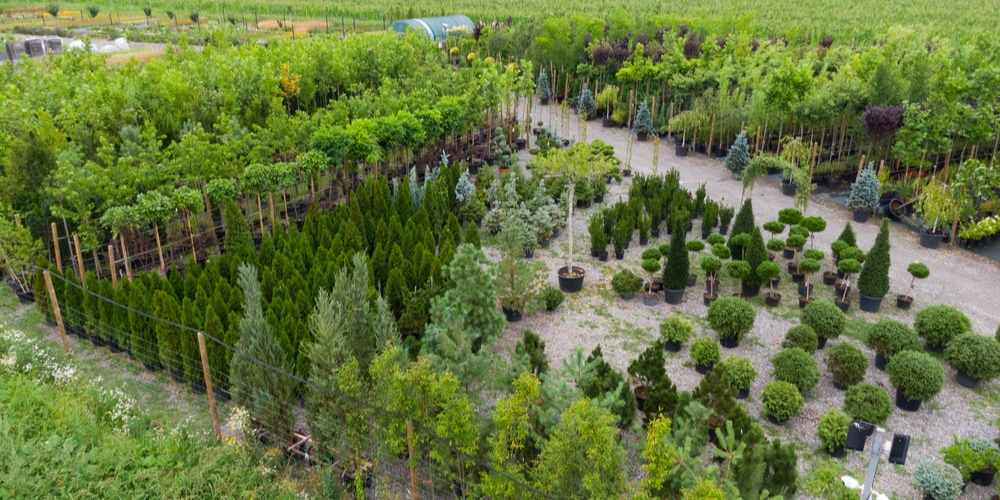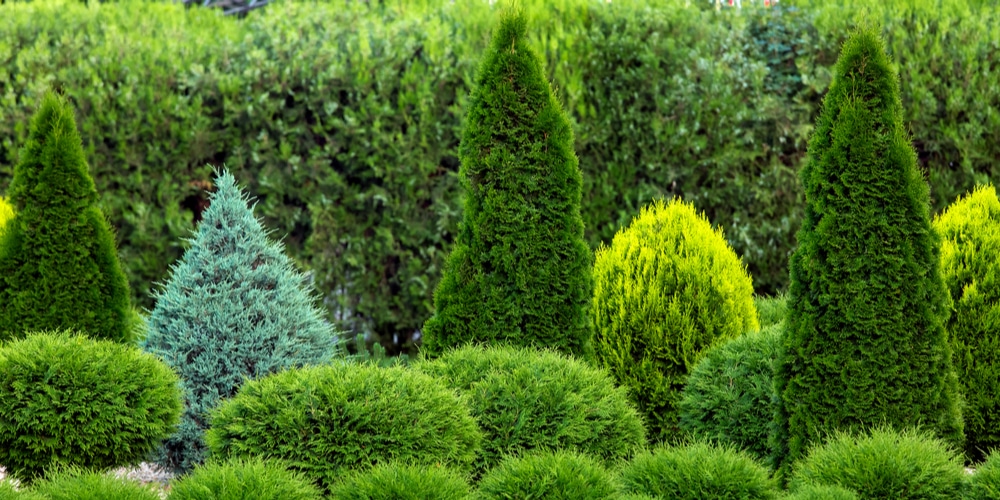Is your arborvitae looking a bit shabby and in need of pruning? First, you’ll need to address the question, ‘Can Arborvitae be pruned?’ and also learn about the techniques to do so without harming or killing the plant.
Yes, Arborvitae can be pruned, but you’ll have to keep several rules in mind. We’ll share some tips on how to prune or trim it to make it look its best.
Can You Trim or Prune Arborvitae?
Arborvitae are hardy evergreen plants or shrubs and also vigorous growers. They tend to keep their natural tree-like shape as long as they’re healthy and given proper attention.
However, there might come a time when you should take out your pruning shears or garden scissors and give your arborvitae a good trim. It’s worth noting that the tree is of the coniferous kind, which means you’ll have to be more careful when you cut it back.
So yes, you can prune your arborvitae but you can’t just cut any branch or stem you like. There’s also a time to trim just a bit and a time to greatly shorten it so you can keep your landscape looking neat and tidy.
How to Prune Arborvitae
Because Arborvitae is a coniferous tree species they only sprout new ‘needles’ from young and green wood. The last section of a branch is the only one that can grow buds and new shoots, and you can accidentally turn your arborvitae ‘bald’ if you cut or remove brown wood.
Arborvitae requires more pruning precision than your average plant, but there are ways on how you can minimize your errors. Notably, you should trim a bit at a time and double check if you’re cutting on the right section.
As a general rule, you shouldn’t take off more than 25 percent of the total foliage, and not more than 10 percent of the branches. You should inspect where the new shoots form and keep the cuts along green wood, or where the stems are still green. The most important rule in pruning arborvitae is to not cut back beyond healthy needles.
If you’re looking to reduce your plant’s height, you should mark the area where branches meet new shoots. To eliminate stray shoots, just cut them back to the border where the others are and it should do just fine.
It’s recommended that you prune in sections and not around to reduce the chances of making the plant appear uneven. Step back and ‘admire’ your work so the cuts will be uniform and your arborvitae will appear more beautiful than before.
It’s best to not prune young arborvitae, or plants that are in their first two years of life. At the very least you can remove dead and broken branches, and those that are in contact with each other to encourage better form as the shrub grows. The reason for this is simple- foliage is an important factor in a young arborvitae’s growth and aggressive pruning usually leads to it being stunted.
When Should You Prune Arborvitae?
Aside from being careful and precise about trimming your arborvitae, you should also know the timing of the cuts you want to make.
If you want to shorten your tree then you should do it in late spring and once your arborvitae has flowered. You’ll have a relatively long window before the summer season to do this- the plant will likely continue to grow and fill at the top.
In the same vein, if you want to greatly shorten it then you’ll have to wait until late winter. This is the time when the plant has stored most of its nutrients in the roots to survive the cold and frost. We don’t recommend taking the whole top off as the growth will likely become squarish.
If you’re looking to shape your arborvitae then spring is the best time for it. Start by removing undergrowth and overgrown branches before the shoots come out during the winter season. Remember not to cut too deep or else the tree might develop ‘bald’ spots.
Can Arborvitae Be Pruned?: Final thoughts
Trimming small branches can be done anytime during the year. Whenever you see dead or damaged branches, you should remove them as soon as possible to keep your arborvitae looking nice and healthy.

